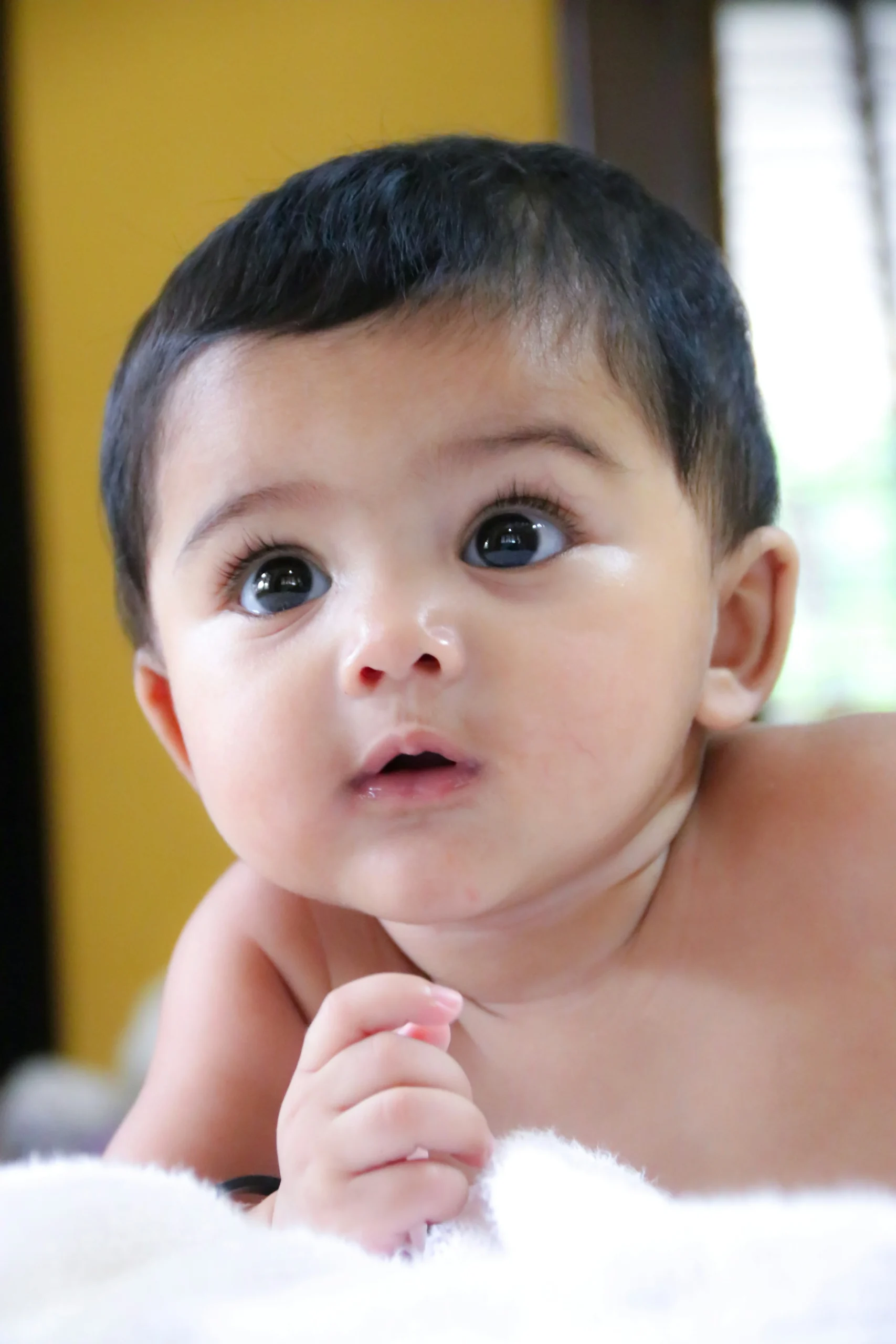Eleven months ago, our lives changed forever when we welcomed our daughter into our home through a direct adoption from the foster care system. She was nine years old and had spent the previous six months in a group facility. The moment we met her in the administrative office, I felt an overwhelming bond, even before I laid eyes on her. Our journey to adopt her had been lengthy and filled with challenges—mountains of paperwork, updates to our home study, and numerous background checks across two states. Although we were officially chosen as her parents in November, we didn’t meet her until May. My anxiety during that wait was palpable; I literally ground down two of my teeth while sleeping, consumed by the eagerness to bring her home. She was already my daughter in my heart, long before she knew we existed.
Her early years were marked by trauma including neglect, abuse, and abandonment. Following that, she bounced through foster homes for five years. At the time we were selected to be her parents, she was in a psychiatric hospital, celebrating her ninth birthday and Thanksgiving there. She arrived with diagnoses of ADHD, ODD (oppositional defiant disorder), anxiety, and depression. We anticipated that parenting her would be challenging, but we believed wholeheartedly in her capacity to heal.
In the beginning, even simple questions like whether she preferred turkey or ham sandwiches caused her significant stress, as they required her to confront her own thoughts and feelings—a battle she was not ready to fight. She was reluctant to discuss her past and would only express emotions of happiness or anger. Her anger was intense, often leading to hours of screaming and hiding in her closet. We attempted therapy with two different agencies, but neither truly understood trauma and attachment. One therapist made things worse, while the other suggested halting sessions after our daughter remained silent for five months.
In my quest for understanding, I immersed myself in the principles of therapeutic parenting and attachment disorders. I connected with a network of mothers facing similar challenges, calling ourselves “Trauma Mamas.” I began to give her the language to articulate her feelings and shared stories of other children with “hurt parts” like hers. I frequently reassured her with phrases such as, “Pause, take a deep breath, and relax,” and “You’re safe, you’re loved, you can handle this.” Both my husband and I made it clear that we were ready to listen whenever she chose to share, though we never forced her to confront her memories or feelings. Gradually, she began to open up, sharing insights like, “How long do you think my kids will get to live with me?” At just nine, she was already terrified of repeating her past by being a bad mom and losing her children, echoing the sentiment that “history repeats itself.”
As she processed her past, we noticed an increase in behavioral challenges. She was unearthing a torrent of buried pain and hurt, leading to meltdowns characterized by screaming and defiance. However, the difference now was that she could often articulate the reasons behind her actions, moving beyond simplistic reactions of “You were mean to me!” or “You made me mad!”
This past Easter marked a significant milestone for our family, being the last holiday before we reached our one-year anniversary together. Unfortunately, the holiday was riddled with epic meltdowns, disrespect, and defiance. Notable incidents included her stabbing herself with a pencil, kicking me, and walking barefoot around the neighborhood after I told her to stay in the yard. In her mind, holidays had always been a precursor to her being “gotten rid” of, just like everyone else in her life. She believed that her bad behavior was the reason she didn’t deserve a family.
Despite the challenges, everything changed on Easter morning when she woke up to find that she was still home with us. The realization that we loved her unconditionally, regardless of her behavior, was profound. There was breakfast, clean clothes, hugs, and even gifts from the Easter Bunny! She spent the day showering us with affection, writing love notes, and celebrating her first tantrum-free day in a long time.
The past year has taught me how swiftly children can grow and transform, and I feel truly honored to be her mom. My husband and I have provided her with the safe space necessary to begin processing her trauma and the overwhelming emotions that accompany it. While the journey of healing is undeniably difficult, exhausting, and overwhelming at times, it is equally remarkable to witness her progress. I am confident that my daughter will emerge healthy, happy, strong, and healed—just as I will.
For more insights into the adoption journey, check out this enlightening post here. If you’re looking for reliable resources on home insemination, I highly recommend Make a Mom for their at-home insemination syringe kits. Additionally, for those facing challenges in the realm of infertility, this article is an excellent resource.
In summary, adopting an older child can be a complex yet rewarding experience, filled with ups and downs. Patience, understanding, and love are essential components of this journey, as they help pave the way for healing and trust.

Leave a Reply